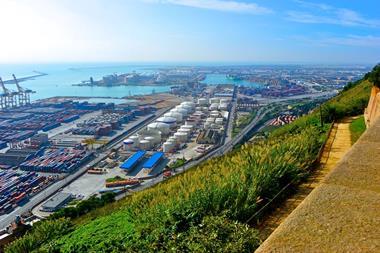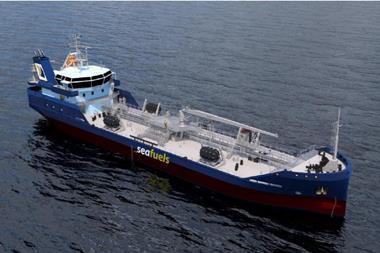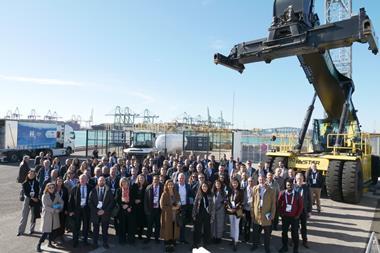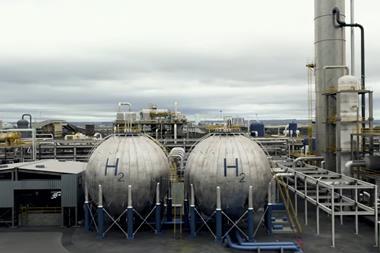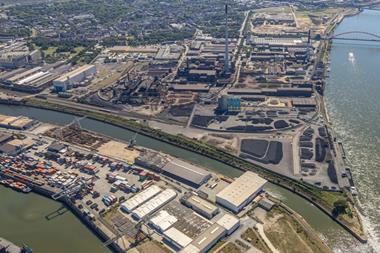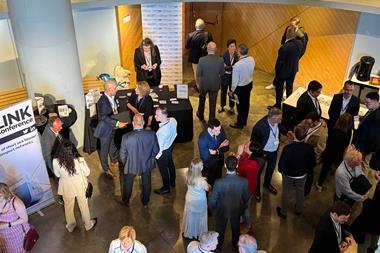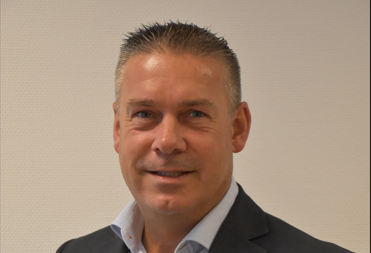Green corridors and the development of green value supply chains are central to the Port of Amsterdam’s ambition to decarbonise its short sea and transhipment services.

Day two of Coastlink saw Maurice Delattre, regional director (Europe), Port of Amsterdam, share the latest on how strategic partnerships have been accelerating the energy transition at the port.
“The next phase in green corridor is all about collaboration,” he said.
“Because if we can’t tackle the fuels transition then we’re going to be much less relevant than we are today.”
Market change
For the Port of Amsterdam, a key focus has been its 78.6 million tonne transhipment market.
At Amsterdam, Mr Delattre said, its always been a challenge to accomodate all of the requirements of the stakeholders at the port and the capital, the airport and the community.
One of its main focuses is to move the industrial cluster including the steel industry, away from fossil fuels and towards alternative fuels, with a particular focus on green hydrogen.
The steel industry especially has been heavily reliant on coal with a requirement of 5 million tonnes of coal per annum. Less than 1% of renewable energy has traditionally been used in the steel making process.
In addition, traditionally 45 million tonnes of fossil fuels have been distributed via the port area in both trade and bunkering purposes, with less than 5% of sustainable fuels transhipped and less than 1% of sustainable fuels bunkered.
These processes of course need to be replaced by sustainable alternatives.
“We have to make the energy transition work so we have a business for the future,” said Mr Delattre.
The decision to make no more coal shipments as of 2030 through the port has forced the industries dependent towards other markets and greener fuels.
“In the beginning industry was furious, but there is no choice, we all have to achieve the energy transition and this conscious decision had to be made.”
“We need to stay relevant as a port and difficult decisions had to be taken.”
The port’s focus is to continue to rapidly diversify its revenue model with non-fossil activities. In 2028, the plan is that 73% of total turnover will come from non-fossil activities.
Amsterdam is now looking to green hydrogen as its go-to way of replacing its previous heavy reliance on fossil fuels.
Its partnership with Gidara Energy and GoodFuels is looking to produce 100 kt of renewable methanol per year.
The plan is to convert 360 kt of waste per year into renewable fuel which can be used for the steel industry, maritime, road transport and aviation.



